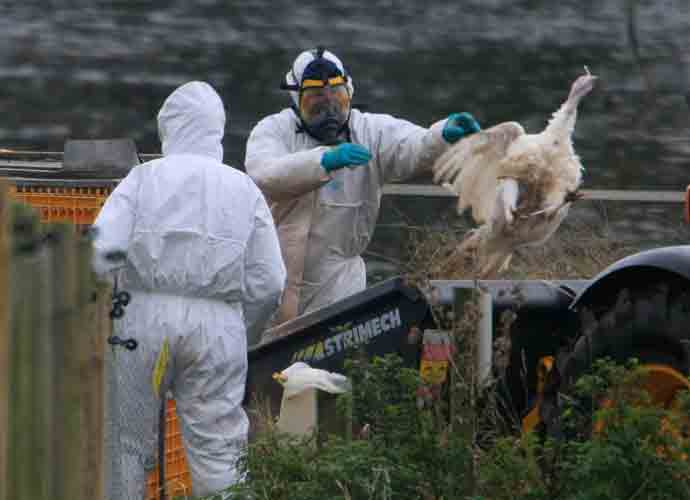Demand For Raw Milk Skyrockets Despite CDC Warnings Amid Bird Flu Outbreak In Dairy Cows
Despite years of warnings about the health risks associated with consuming raw milk, sales of unpasteurized products appear to rise, even after a bird flu outbreak among dairy cows.
Market research firm NielsenIQ reported a 21% to 65% increase in weekly raw cow’s milk sales since March 25, when the bird flu virus was confirmed in U.S. cattle for the first time.
This surge in sales happens despite the advice provided by the Food and Drug Administration (FDA) and the Centers for Disease Control and Prevention (CDC). Both of these agencies have labeled raw milk as one of the “riskiest” foods to consume. The CDC warns that raw milk can be contaminated with harmful germs that can cause serious illness.
As of Monday, federal officials have identified at least 42 herds in nine states with cows infected by the H5N1 strain of the bird flu virus. The virus has been found in high levels in the raw milk of infected cows and has raised concerns about potential transmission to humans.
The possibility of live virus transmission through raw milk consumption remains unknown. However, CDC officials have cautioned that individuals who drink raw milk could become infected if the bird flu virus comes into contact with receptors in the nose, mouth, throat or lungs through inhalation. There is also concern that increased exposure to the virus could lead to mutations that facilitate its spread among people.
Regulations regarding raw milk vary widely among states. Some allow retail sales in stores, others permit sales only at farms, and some allow cow-sharing arrangements where individuals pay for milk from designated animals. NielsenIQ’s sales figures encompass grocery stores and other retail outlets and reveal that raw milk products constitute a small fraction of overall dairy sales.
Nevertheless, testimonials that endorse raw milk have gained traction on social media platforms. The CDC says that raw milk accounted for over 200 illness outbreaks between 1998 and 2018, which has affected more than 2,600 people and resulted in over 225 hospitalizations. Research indicates that raw milk is more likely than pasteurized milk to cause illnesses and hospitalizations related to dangerous bacteria such as campylobacter, listeria, salmonella and E. coli. Before the adoption of milk standards in 1924, approximately 25% of foodborne illnesses in the U.S. were linked to dairy consumption. Today, dairy products account for only about 1% of such diseases.
This growing preference for raw milk reflects a broader issue of government mistrust and the rejection of expertise, as highlighted by Matthew Motta, a researcher of health misinformation at Boston University.
RELATED ARTICLES
Get the most-revealing celebrity conversations with the uInterview podcast!







Leave a comment